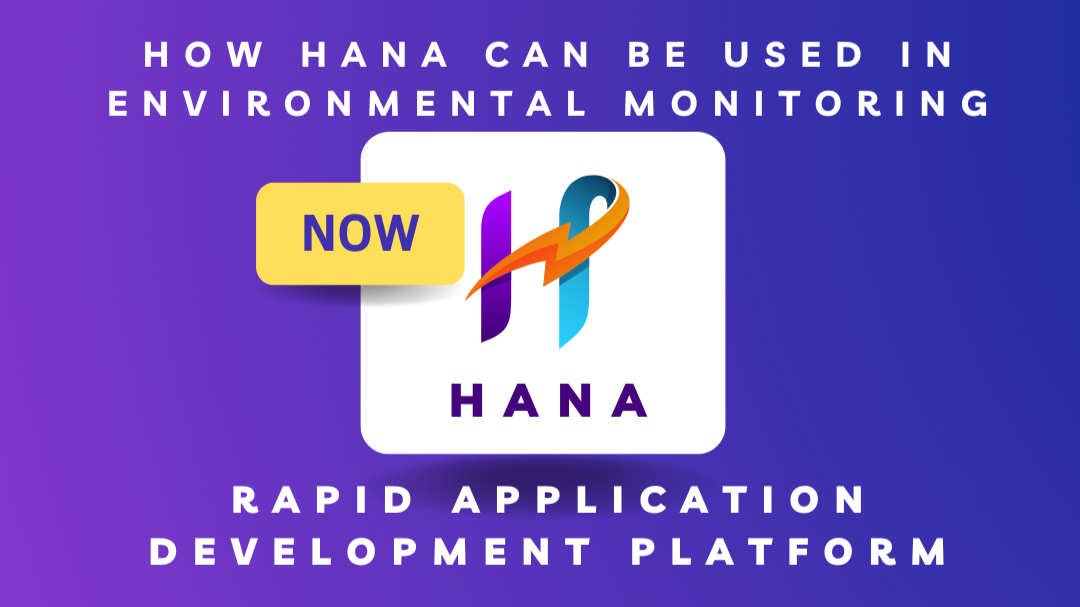- by admin
- April 23, 2025
How HANA Can Be Used in Environmental Monitoring

HANA can significantly enhance environmental monitoring efforts by providing real-time data analysis, predictive insights, and streamlined processes. Here’s how HANA can be leveraged in the field of environmental monitoring:
1. Real-Time Data Collection
– Implementation: Use HANA to aggregate data from various environmental sensors and monitoring systems (e.g., air quality, water quality, and weather stations).
– Benefits: Immediate access to real-time data allows for timely decision-making and rapid response to environmental changes.
2. Predictive Analytics
– Implementation: Analyze historical environmental data to predict future trends, such as pollution levels or climate patterns.
– Benefits: This proactive approach enables authorities to take preventive measures and mitigate potential environmental risks.
3. Data Visualization
– Implementation: Utilize HANA’s data visualization tools to create interactive dashboards and reports for stakeholders.
– Benefits: Clear visual representations of environmental data enhance understanding and facilitate better communication of findings to the public and decision-makers.
4. Compliance Monitoring
– Implementation: Monitor compliance with environmental regulations and standards using HANA’s analytics capabilities.
– Benefits: Automating compliance tracking ensures that organizations adhere to legal requirements and reduces the risk of penalties.
5. Resource Management
– Implementation: Use HANA to optimize the management of natural resources, such as water and energy, through real-time monitoring and analytics.
– Benefits: Improved resource management leads to sustainability and conservation efforts, reducing waste and promoting efficient use.
6. Impact Assessment
– Implementation: Analyze the environmental impact of various activities (e.g., industrial operations, construction projects) using HANA.
– Benefits: Better assessment of environmental impacts aids in making informed decisions regarding project approvals and land use.
7. Community Engagement
– Implementation: Develop applications that allow the community to report environmental concerns (e.g., pollution, illegal dumping) using HANA.
– Benefits: Engaging the public in environmental monitoring fosters a sense of responsibility and helps authorities respond quickly to local issues.
8. Long-Term Environmental Studies
– Implementation: Use HANA to manage and analyze large datasets collected over time for long-term environmental studies.
– Benefits: Enhanced analysis of trends and patterns informs research and policy decisions related to environmental conservation.
By integrating HANA into environmental monitoring efforts, organizations can enhance their ability to track environmental changes, comply with regulations, and promote sustainability, ultimately leading to a healthier planet.
